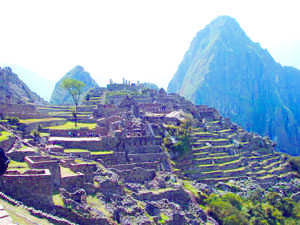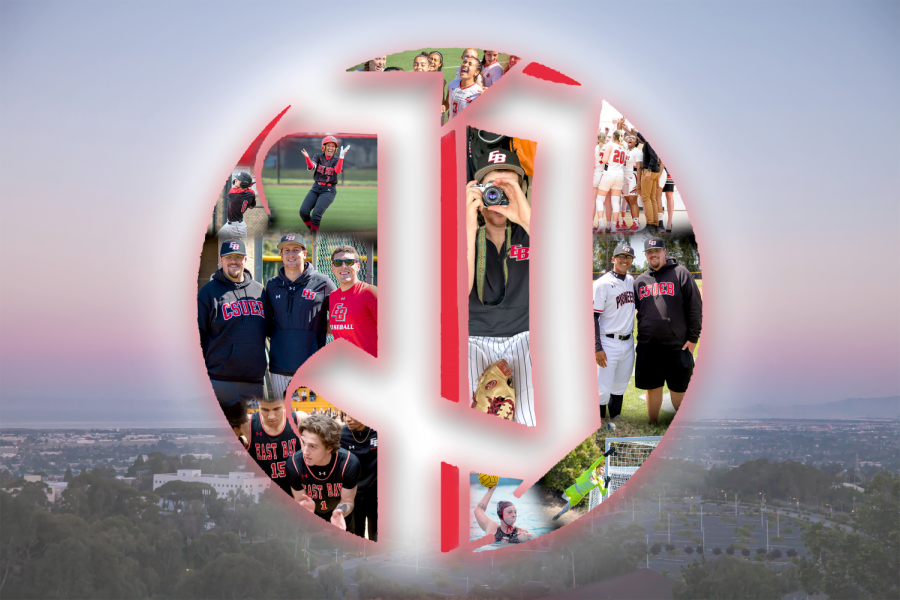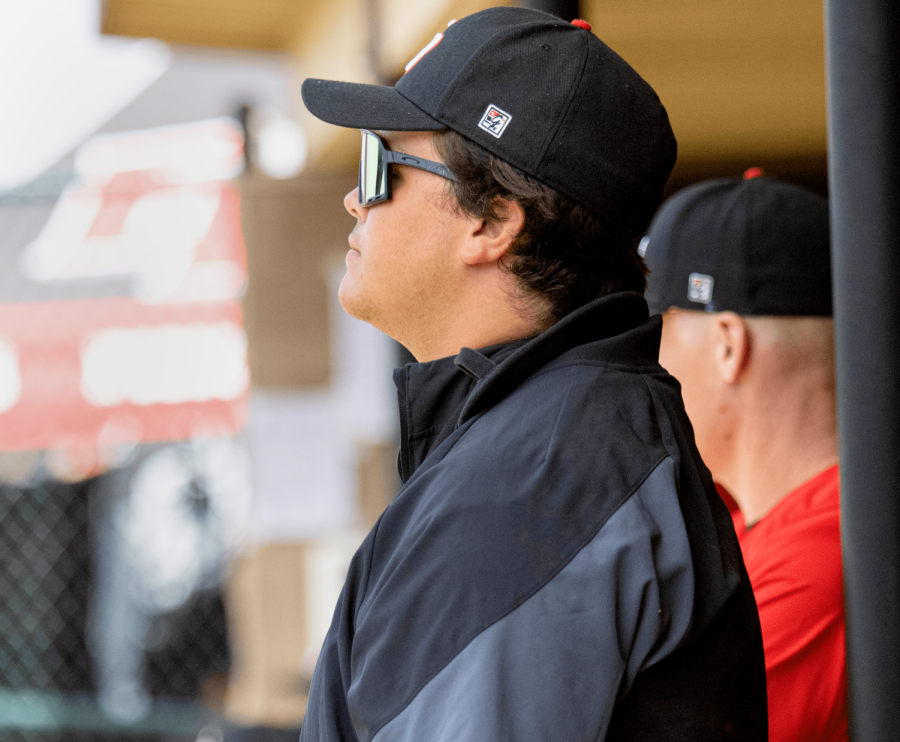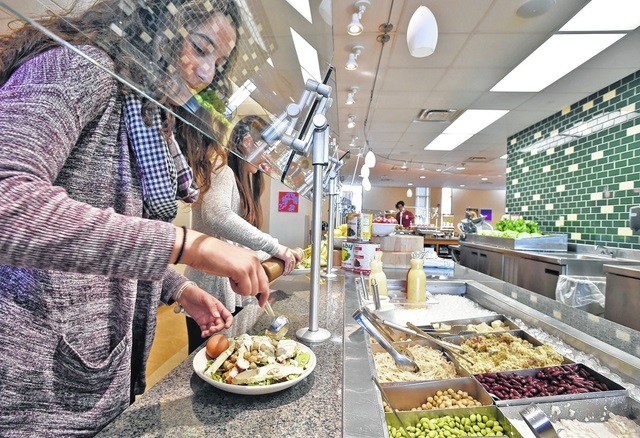
After a brief conversation about how I wish I could travel more, fellow CSUEB student Ylva Sandberg and I booked a trip to Peru and hoped it would fit into our college student budgets.
Olyn Riega-Diaz, a CSUEB business major who was born in LIma, agreed to coordinate her annual summer trip home with us and be our official tour guide.
The trip was starting to blossom into a pretty amazing journey, so Ylva invited her sister Petra to come and meet us in Lima from her home country of Sweden.
So it was settled. The four of us would be spending 14 days, including travel, in South America starting September 8th.
In the weeks that followed, Ylva, Olyn and her family planned a trip for us that would entail staying at the safest, most affordable hotels and visiting places that could only be described as marvelous.
I had never been outside the country before this trip except for a short trip to London when I was two years old. So, needless to say, I was excited and nervous all at the same time.
I googled Peru all summer and became more and more overwhelmed with the awesome-ness of my situation.
“Most college students don’t get opportunities like this,” Ylva kept saying.
She couldn’t have been more right. All the hard work and long hours we put in not only during the school year but at our full-time jobs over the summer was starting to pay off.
After spending a whole day traveling and a night sleeping on the floor at the Lima airport waiting for Petra’s flight to arrive, I was introduced to Peru.
I was surprised to see how developed it was for being a developing country.
“Peru has the best economy in South America right now,” Olyn told me.
Lima certainly was making a visible effort to encourage tourism, working to keep the streets clean and offering plenty of clean hostels if you look for them.
Architecture from when the Spanish occupied Peru is well kept up and has a colonial charm that only comes from being 200 years old.
Lima is also known as ‘La Ciudad de Iglesias’ or the City of Churches. A brisk walk through downtown could tell you why.
Sometimes two on every block, Catholic churches dominate the skyline with unspeakable beauty and history.
The San Franciscan church in Lima, in particular, is famous for its history in the form of bones. At least 20,000 bodies have been excavated from the church’s catacombs.
The food was reason enough to travel to this beautiful place.
Peru has over 3,000 different kinds of potatoes, a few hundred different types of corn and some of the best tasting chicken I have ever had.
Inspired by Chinese immigrants, Peruvians have rice with almost every meal. One of my favorite dishes in Peru was chaufa, a sort of fried rice with Peruvian flair.
There are many fruits that are only found in Peru, like lucuma- which looks and shares a texture with an avocado but is sweet and makes a delicious ice cream.
Granadilla is another Peruvian fruit. It is orange with a hard shell and when cracked open it resembles a pomegranate. The slime covered seeds on the inside are a sort of sour-sweet that I’ll probably miss the most here in the states.
But what really impressed me about Peru were the ancient ruins that were so well preserved throughout the country.
On my favorite part of the trip, the four of us flew to Cusco from Lima, the city close to where one of the Neo 7 World Wonders is.
Machu Picchu is an Incan city that sits at the top of a mountain in the middle of the Andes with 95 percent original architecture dating from around the 1600’s.
But before we got the chance to explore that incredible place, we got a tour of the Incan ruins in Cusco that had much less left standing after the Spanish came and destroyed them for being anti-Christian.
“When the Spanish came and saw our buildings,” explained our tour guide, William, “they thought that aliens or titans had built these places, not my people. Isn’t that ridiculous?”
Our group giggled and listened to the theory of just how the Incans moved rocks that were in some cases as big as a deluxe motor-home.
A four-hour train ride from Cusco and a 20-minute bus ride up the side of a mountain had us thinking that titans building these places really wasn’t so crazy after all.
As one might be able to tell from reading this article, I am never at a loss for words. Seeing Machu Picchu is the first time this reporter has ever been legitimately speechless.
I was humbled, honored and amazed all at the same time to be sharing something so beautiful not only with my three travel buddies but with the people who built and lived in the city and everyone who has seen it since.
I have never been so moved by anything. Maybe it was how the Andes seemed to stretch on forever and were impressively tall or how pictures just couldn’t capture what I was really seeing or maybe it was because I was almost two miles above sea level but one thing is for sure- I will never forget that place as long as I live.
Two weeks was not nearly enough to see all the things that Peru has to offer. Even with the experienced tour guides we had, we saw only half of Lima and the important parts of Cusco.
The Nasca lines and the jungle, in the northern part of Peru, are two places I regret missing.
We didn’t have any trouble with dangerous characters and nothing was stolen from us, but that’s not to say crime still isn’t a problem there. We were just careful.
If you plan on visiting Peru, which I highly recommend, make sure you are careful too.
Keep sharp, watch your step and enjoy the beauty and wonder around you.











